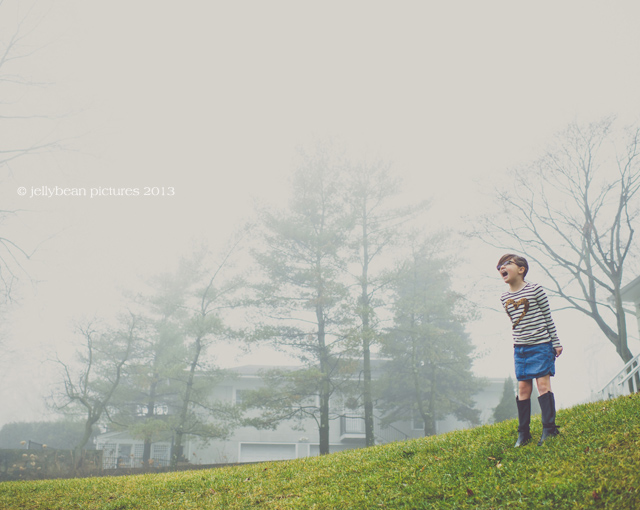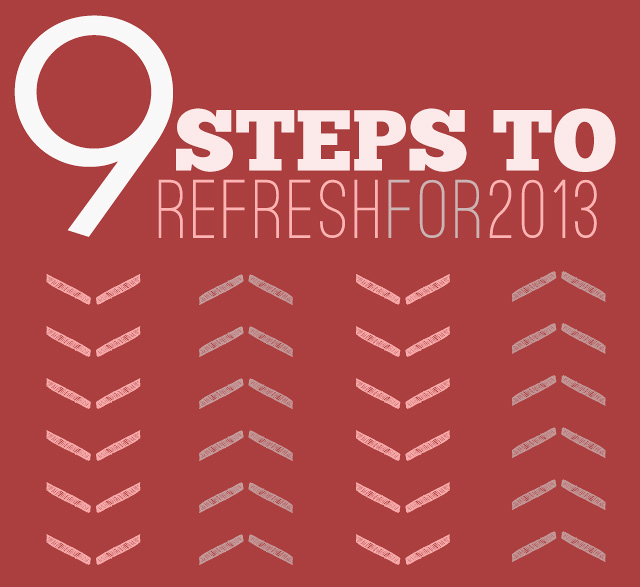by guest contributor Steven McConnell

Open a photography magazine or a blog and you’re bound to read that today it’s hard – nearly impossible – to make a living as a full-time professional photographer.
Here are some of the reasons you’ll hear as evidence for why becoming a photographer is not a good idea:
“There are too many photographers giving away their work for free”, “too much competition”, “not enough photographers with solid moral values”, “everyone is doing shoot-n-burn”, “too many cheap DSLRs out there”, “everyone is a photographer these days”, “no-one buys prints any more – how can I possibly make money?”, “everyone is on Instagram, Facebook”, etc, etc.
I suspect that these opinions may be nothing more than legitimate-sounding rationalizations for established photographers’ individual business struggles rather than useful critical analyses of what’s really happening in the photography industry.
I decided to write this article because I fear that these opinions may be interpreted by talented, ambitious, passionate amateur photographers as rock-solid reality for what it’s like to be a professional photographer in 2013 – and extinguish their hopes and dreams of ever making their art into a full-time job.
Why Your Passion Can Be Your Job
I’m not about to sugarcoat it for you and say that it’s easy to make a living as a photographer, of course it’s not.
It requires clear thinking, discipline, focus, sacrifice, being a strategist, tactician and a worker-bee all at the same time, being OK with failure, constantly living on the edge, being OK with working 60-70 hour weeks and, most importantly, being committed to personal growth, learning about business and – of course – being the best photographer you can be.
And being able to enjoy every moment of all that.
I think it would be a tragedy if young photographers of today abandoned the idea that their passion and their job can be the same thing and choose to settle for dull, grey corporate jobs which they don’t care about – all because some blogger told them it’s the only plausible option they have if they don’t want to be broke all the time.
In this article, I want to take a closer look at the changes in the photography industry and ask – perhaps the changes we see are not threats to emerging and established photographers, but opportunities in disguise – and how can we take advantage of them to experience success?
Are You In Front Of Your Customers?
Internet. Google. Apple. Social media. Apps. Cloud.
For the purposes of brevity, let me refer to them as The Big 6 for the rest of the article. They’re cliches of the modern day – used so often in conversation and media that they have almost become filler words. But to treat them as such is a mistake.
Right now, your customers’ lives are wrapped around those 6 things in a way they weren’t 3 years ago. And in 3 years from now, their lives will be exponentially more integrated and enmeshed with aspects of the Big 6.
The question is – how much of your photography business is wrapped around them, too – so that you can be in front of, and relevant to, your potential customers?
Examine Your Current Business Model
Let’s have a look at some of the traps:
- Do you own a shopfront studio and pay massive rent, hoping that your return on investment will be foot traffic and brand exposure?
- Do you put up ads in local newspapers and industry magazines?
- Do you give away coupons and offer discounts to stimulate sales?
- Do you offer incentives for referrals?
- Are your prices high because you have a tonne of bills and wages to pay?
- Are you treating prints as your main/only revenue source?
- Are you refusing to offer digital products?
- Is your website simply a fancy brochure?
I’m not saying that those are bad choices. They can work. I’m saying, however, that today they’re lacking power in putting you in front of people who might want your photography. And they might cast you as not relevant to people who would otherwise want your photography.
They’re traditional methods of running a photography business – and unfortunately many photographers are still relying on them as their bread and butter.
These methods however, have nothing to do with the Big 6 – and for you to be competitive they need to be relegated to a position where they supplement your digital online strategies.
READ Part 2 of “Why There’s Never Been A Better Time To Become A Pro Photographer”
![]()
 About the Author: Steven McConnell is a family portrait photographer based in Sydney. You can catch up with him on Google+.
About the Author: Steven McConnell is a family portrait photographer based in Sydney. You can catch up with him on Google+.
Hey! I’m a big believer that a successful photography business begins with an empowering mindset. True, it’s important to be a savvy businessperson and a great photographer, but if your head space is not in a place which empowers you, no clever business ideas and amazing photos are going to carry the day. I find this a fascinating idea to explore because it helps illuminate the reasons behind our successes and failures and offers direct access to a fulfilling, profitable and meaningful job as a professional photographer.
Visit Steven at his WEBSITE | GOOGLE+














 About Angela: Angela Richardson is the owner of AMR Photography and lives in Dallas, TX along with her husband of 15 years and their two daughters (9 yrs and 4 yrs). Although she shoots a variety of everything, she specializes in sessions for senior high school girls. In her ‘spare’ time you will find her obsessively shopping for antique furniture and continuing on her quest to become a ninja (despite the fact that constantly speaks in an outside voice and trips over everything). Angela Richardson is the author of “The Senior Photographer’s Guide to Styling” which is a tool to help you find your artistic voice in the world of senior photography.
About Angela: Angela Richardson is the owner of AMR Photography and lives in Dallas, TX along with her husband of 15 years and their two daughters (9 yrs and 4 yrs). Although she shoots a variety of everything, she specializes in sessions for senior high school girls. In her ‘spare’ time you will find her obsessively shopping for antique furniture and continuing on her quest to become a ninja (despite the fact that constantly speaks in an outside voice and trips over everything). Angela Richardson is the author of “The Senior Photographer’s Guide to Styling” which is a tool to help you find your artistic voice in the world of senior photography.
 Wedding superheros Stephanie Padovani and her husband, Jeff, share oodles of
Wedding superheros Stephanie Padovani and her husband, Jeff, share oodles of 








 For JSO’s I always advise the following: get a clean logo and get a clean template. Let your photography do the talking. Ever get hired based on your swirly colors in your logo? Let the images do the talking and stay consistent when using a watermark and logo throughout not only your site, but on Facebook, Twitter etc. You can’t start building brand recognition when you keep changing things every five seconds. It just looks sloppy. And far from professional.
For JSO’s I always advise the following: get a clean logo and get a clean template. Let your photography do the talking. Ever get hired based on your swirly colors in your logo? Let the images do the talking and stay consistent when using a watermark and logo throughout not only your site, but on Facebook, Twitter etc. You can’t start building brand recognition when you keep changing things every five seconds. It just looks sloppy. And far from professional.


 About the Author: Elizabeth Halford is a
About the Author: Elizabeth Halford is a 











 About Brenna: I spend my days trying to balance work, quality time with my husband and son (plus two dogs), laughing on the phone with my wonderful friends and “ME” time which consists of really good TV shows, music and books. I love that I live in my hometown of Franklin Tennessee and that it’s not a place I am trying to escape. I am so thankful to be able to follow my dreams and share what I learn along the way with other photographers!
About Brenna: I spend my days trying to balance work, quality time with my husband and son (plus two dogs), laughing on the phone with my wonderful friends and “ME” time which consists of really good TV shows, music and books. I love that I live in my hometown of Franklin Tennessee and that it’s not a place I am trying to escape. I am so thankful to be able to follow my dreams and share what I learn along the way with other photographers!

















